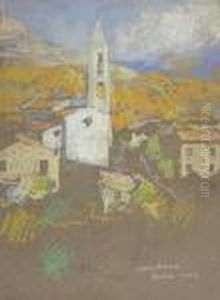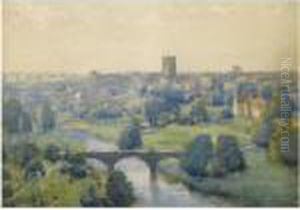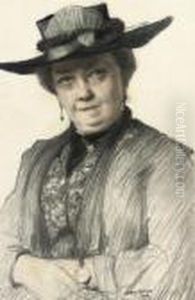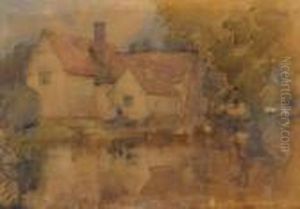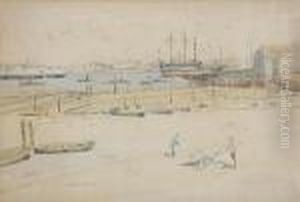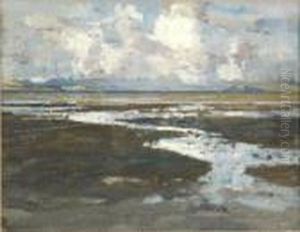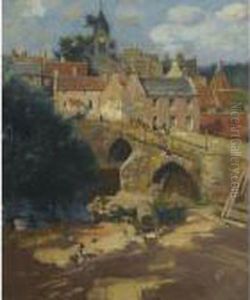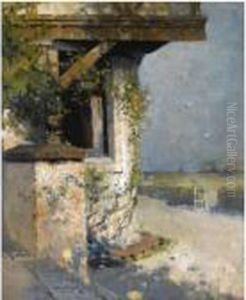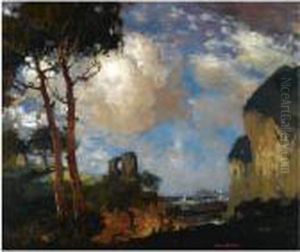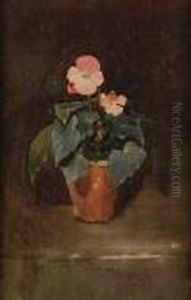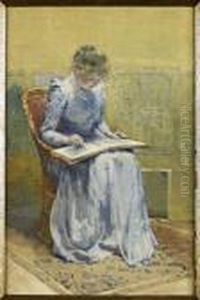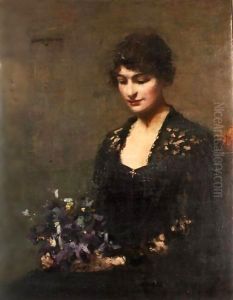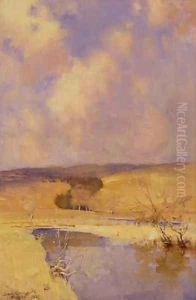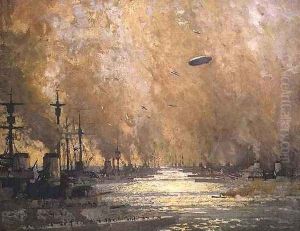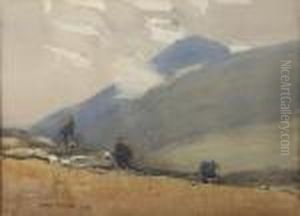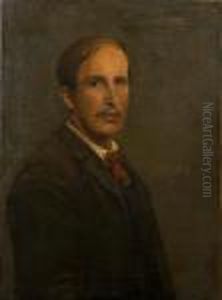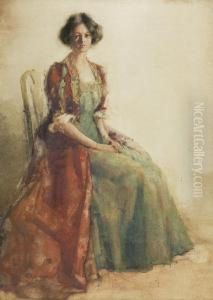James Paterson Paintings
James Paterson was a Scottish painter associated with the Glasgow Boys, a group of artists active in the late 19th century who challenged the academic norms of their time with new styles and subjects. Born on August 25th, 1854, in Glasgow, Paterson learned the fundamentals of art at the Glasgow School of Art. He continued his education in Paris at the Atelier Colarossi, where he was exposed to the plein-air painting technique and influenced by the French Impressionists, whose style would significantly impact his work.
In the early 1880s, Paterson returned to Scotland and became a central figure among the Glasgow Boys, who sought to break away from the traditional style of painting and were inspired by the naturalism and realism of French artists. Paterson, in particular, became known for his landscape paintings, where he often captured the quality of light and atmosphere, utilizing loose brushwork and a vibrant palette.
Throughout his career, Paterson exhibited his work widely, including at the Royal Scottish Academy and the Royal Glasgow Institute of the Fine Arts. In 1885, he married Eliza Fergusson, and they moved to Moniaive, Dumfriesshire, which provided him with ample rural landscapes to paint. His work from this period is considered some of his best, as he was able to portray the lush countryside with a fresh and spontaneous approach.
Paterson's contribution to Scottish art continued into the 20th century, and he played a role in establishing the Scottish Society of Artists in 1891. In his later years, Paterson moved to Edinburgh and continued to paint, although his style became more conservative, reflecting the influence of the Old Masters rather than his earlier Impressionist-inspired work.
James Paterson's legacy as a member of the Glasgow Boys and as a painter who captured the essence of the Scottish landscape with a modern sensibility is well-regarded. His works can be found in various public collections, including the National Galleries of Scotland. Paterson passed away on January 25th, 1932, leaving behind a body of work that continues to be celebrated for its contribution to the development of modern Scottish painting.
